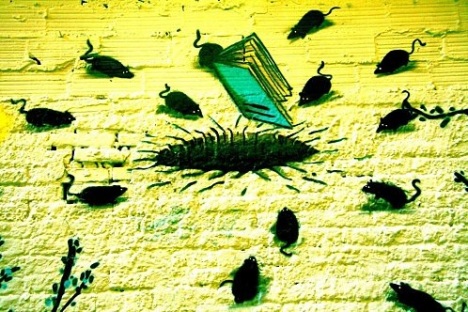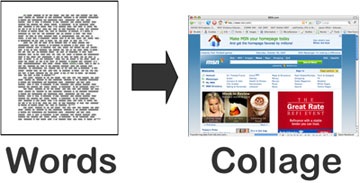American Education is controlled by a strong belief that local control is essential. The legislative authority is vested in state and not federal governments. The federal government does not mandate that state and local communities have a school system. It simply mandates that if there is a school system all children must be free to attend that system.
After the Civil War, the Supreme Court allowed segregated school systems in the South. They were supposed to be separate but equal, but they were not. There were some schools for Afro-American students that were excellent, but the majority were poor with poorly qualified teachers and often either no or outdated textbooks. In 1954, the Supreme Court in Brown vs. the Board of Edcuation ruled against segregated schools. They did not say that a community or state had to have schools; they did, however, say that if they did, all children must be eligible to attend.
There is a strong belief that local control is the most important aspect of American public schools. However, some communities have larger tax bases and therefore can afford better schools. To offset this inequality, states provide funds to equalize costs among local school districts. However, this does not completely equalize funding across states so the federal government provides compensatory funds. However, even this does not equalize costs. Some states have a significantly larger tax base and consequently a higher per pupil expenditure. Continue reading
Filed under: Uncategorized | Tagged: Education, federalism, funding, standards, US | 3 Comments »






























 John Mark Walker: "If educational communities can continue to push platform integration and content portability, in the future, students may be able to design their own personalized degrees from smaller, modular chunks that cross institutional barriers" (
John Mark Walker: "If educational communities can continue to push platform integration and content portability, in the future, students may be able to design their own personalized degrees from smaller, modular chunks that cross institutional barriers" ( Richard Koubek
Richard Koubek
 Judith McDaniel
Judith McDaniel Tim Fraser-Bumatay: "Although the format leaves us far-removed physically, the online forum has its own sense of intimacy" (Judith McDaniel, "
Tim Fraser-Bumatay: "Although the format leaves us far-removed physically, the online forum has its own sense of intimacy" (Judith McDaniel, " Ryan Kelly: "For me to be able to work with people clear across the country for an extended period of time opened me up to new things" (Judith McDaniel, "
Ryan Kelly: "For me to be able to work with people clear across the country for an extended period of time opened me up to new things" (Judith McDaniel, " Daniel Herrera: "As a Mexican American, I know that words of identity are powerful; so to discuss white privilege with my professor and classmates in a face-to-face class would have been terrifying and impossible" (Judith McDaniel, "
Daniel Herrera: "As a Mexican American, I know that words of identity are powerful; so to discuss white privilege with my professor and classmates in a face-to-face class would have been terrifying and impossible" (Judith McDaniel, "












 Cathy Gunn: "Traditional methods for effecting change at my institution aren’t getting us even to a trickle yet, let alone to thinking about or planning for a wave!" (
Cathy Gunn: "Traditional methods for effecting change at my institution aren’t getting us even to a trickle yet, let alone to thinking about or planning for a wave!" (










